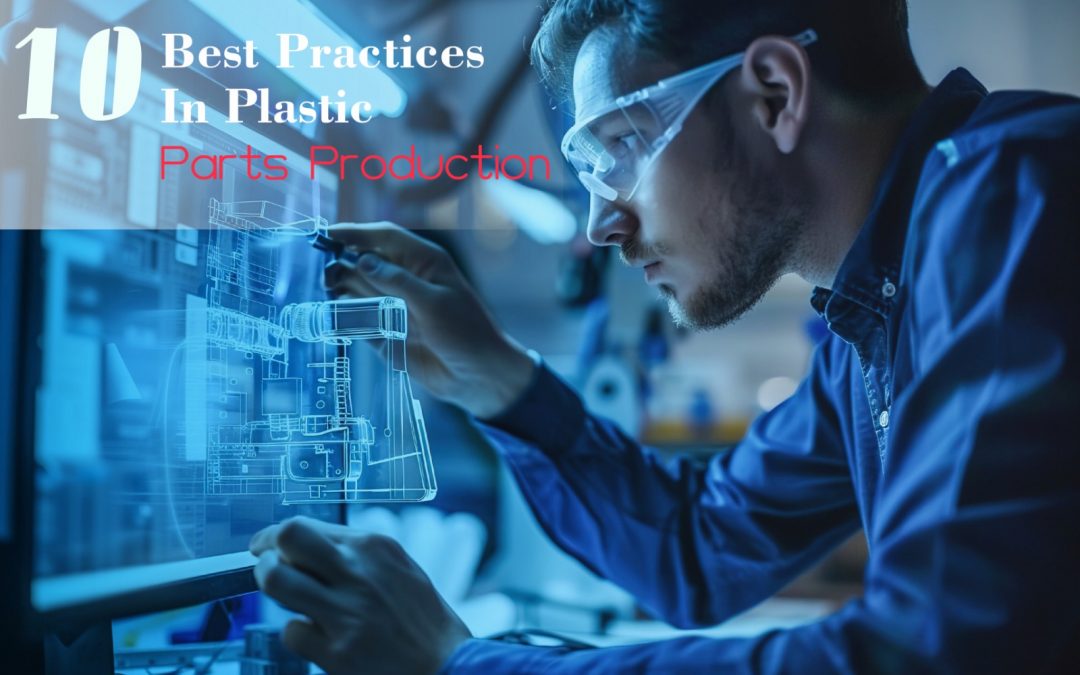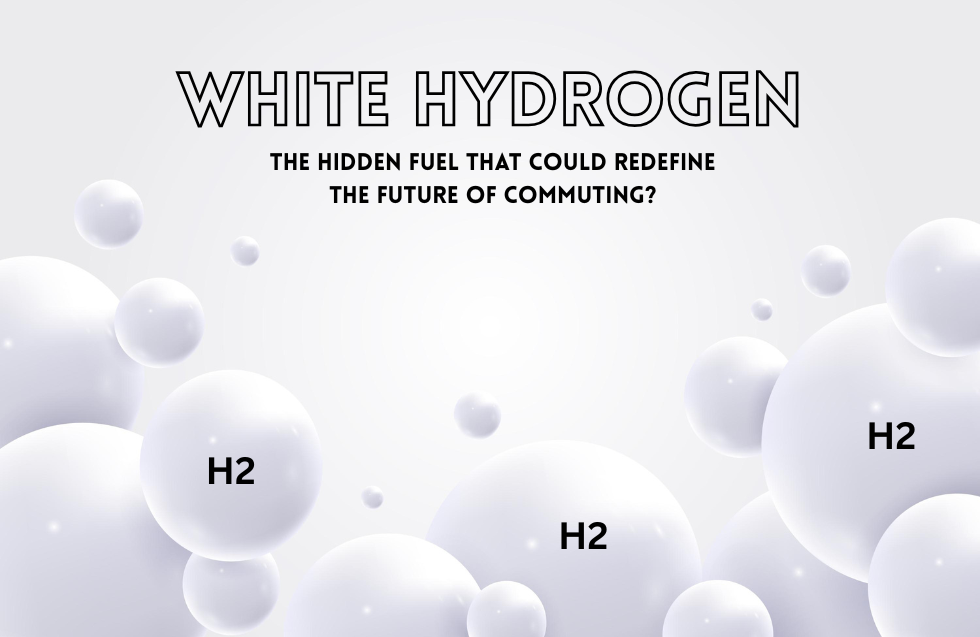Plastic parts production is vital in modern manufacturing, serving industries from automotive to consumer electronics. As demand for high-quality, cost-effective plastic components continues to grow, manufacturers face the challenge of optimizing their production processes.
This article will explore best practices that can help you elevate your plastic parts production. Whether you’re a seasoned manufacturer or new to the field, these strategies can help you improve product quality, reduce costs, and enhance overall productivity.
1. Choose the Right Manufacturing Process
The first step is selecting the most suitable plastic manufacturing process for your needs. Popular options include:
Injection Molding
Plastic injection molding is ideal for high-volume production of complex parts with excellent dimensional accuracy and repeatability. The process involves injecting molten plastic into a mold cavity, where it takes its shape upon cooling.
Blow Molding
Creating hollow plastic products like bottles and containers is perfect with blow molding. A heated plastic tube is inflated inside a mold to achieve the desired shape.
Rotational Molding
Well-suited for large, hollow plastic parts with simple designs, rotational molding involves pouring molten plastic into a heated, rotating mold, evenly coating the inner surface.
Extrusion
Used to create continuous profiles like pipes, films, and sheets, extrusion forces molten plastic through a die to form the desired cross-sectional shape.
Thermoforming
Ideal for low-volume production, thermoforming involves forming flat plastic sheets into specific shapes using heat and pressure.
Each plastic manufacturing process has its strengths and limitations. Consider factors like part complexity, desired volume, material compatibility, and cost to make the best choice.
2. Understand Material Selection
When it comes to plastic parts production, selecting the right material is crucial. You’ll need to consider factors like strength, flexibility, temperature resistance, and chemical compatibility. Don’t just go for the cheapest option; think about the end-use of your product.
For instance, if you’re making parts for outdoor use, you’ll want UV-resistant plastic. On the other hand, if you’re producing food containers, you’ll need materials approved by the Food and Drug Administration (FDA).
It’s also important to consider the processing requirements of different plastics. Some materials are easier to mold than others, which can affect your production speed and costs. Always consult with material suppliers and experts to ensure you’re making the best choice for your specific application.
3. Optimize Mold Design
Your mold design can make or break your plastic parts production. A well-designed mold ensures consistent part quality, reduces cycle times, and minimizes plastic waste. Start by considering the part geometry and how it will be ejected from the mold. You’ll want to avoid undercuts and deep recesses that can complicate the molding process.
Don’t forget about cooling channels. Proper cooling can significantly reduce cycle times and prevent defects like warping or sink marks. Consider using advanced techniques like conformal cooling if your budget allows.
It’s also crucial to design your mold with maintenance in mind. Easy-to-clean and easy-to-repair molds will save you time and money in the long run.
4. Implement Efficient Process Controls
Consistency is crucial in plastic parts production. That’s where process controls come in. You need to monitor and control variables like temperature, pressure, and cycle time. Modern injection molding machines offer advanced controls that can help you maintain tight tolerances and reduce variability.
Consider implementing statistical process control (SPC) to track key parameters over time. This can help you identify trends and address issues before they lead to defective parts.
Furthermore, be mindful of environmental controls. Factors like humidity and ambient temperature can affect your production, so it’s important to maintain a stable environment.
5. Embrace Automation and Robotics
Automation can significantly improve your production efficiency and consistency. Robots can handle tasks like part removal, trimming, and packaging much faster and more accurately than human operators. They can also work around the clock without fatigue, increasing your production capacity.
Start by identifying repetitive tasks in your production process that could be automated. Even small steps toward automation, like using a simple pick-and-place robot, can make a big difference. As you become more comfortable with automation, you can explore more advanced options like fully automated production cells.
6. Prioritize Quality Control
Quality control should be a top priority in your plastic parts production. It’s essential to implement a comprehensive quality control plan that includes both in-process and final inspections. Additionally, use tools like coordinate measuring machines (CMMs) or 3D scanners to verify part dimensions and detect defects.
Don’t just focus on dimensional accuracy. Consider other quality factors like surface finish, color consistency, and mechanical properties. Regular material testing can help ensure your raw materials meet specifications. Remember, catching defects early in the production process can save you time and money in the long run.
7. Optimize Cycle Times
Reducing cycle times can significantly boost your production efficiency. Start by analyzing your current process to identify bottlenecks. Are your cooling times too long? Is part removal slowing you down? Once you’ve identified areas for improvement, you can start optimizing.
Consider techniques like hot runner systems to reduce cycle times. These can eliminate the need for a cold runner, saving material and reducing cycle time.
You might also explore rapid heat cycle molding (RHCM) for parts that require high surface quality. Don’t forget about simple optimizations like reducing clamp tonnage or adjusting injection speed.
8. Implement Preventive Maintenance
Regular maintenance is crucial for keeping your production running smoothly. Develop a preventive maintenance schedule for all your equipment, including molding machines, auxiliary equipment, and molds. This can help prevent unexpected breakdowns and extend the life of your equipment.
Train your operators to perform basic maintenance tasks and to recognize signs of wear or potential problems. Keep detailed maintenance records to track recurring issues and plan for equipment replacements.
Remember, a little bit of downtime for maintenance is much better than a lot of downtime for repairs.
9. Focus on Sustainability
Sustainability is becoming increasingly important in plastic parts production. Look for ways to reduce waste and energy consumption in your processes. Consider implementing a closed-loop system for recycling scrap material back into your production.
Explore energy-efficient equipment options when it’s time to upgrade. Many modern injection molding machines offer significant energy savings compared to older models. You might also consider using recycled or bio-based plastics for some applications. Not only is this good for the environment, but it can also be a selling point for environmentally conscious customers.
10. Invest in Employee Training
Your employees are your most valuable asset in plastic parts production. Invest in ongoing employee training to keep their skills up-to-date. This includes not just machine operation, but also topics like material science, quality control, and troubleshooting.
Consider implementing a cross-training program so that employees can handle multiple roles. This can improve flexibility in your production scheduling and provide backup in case of absences. Don’t forget to include safety training. A safe workplace is a productive workplace.
Final Thoughts
By following these best practices, you’ll be well on your way to optimizing your plastic parts production. It’s not about implementing everything at once, but about continually striving to improve your processes. Start with the areas that will have the biggest impact on your specific operations, and gradually incorporate other best practices over time.
With persistence and attention to detail, you can achieve high levels of efficiency, quality, and sustainability in your plastic parts production. As you apply these principles, you’ll position your business for long-term success in the competitive field of plastic parts manufacturing.













